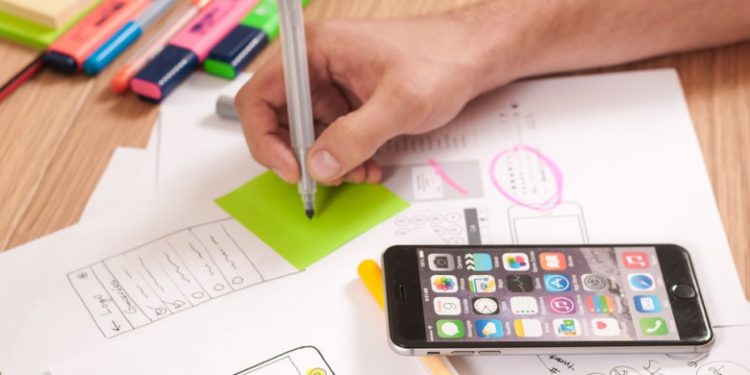As a UX designer, it is important to create an application that is user friendly for all types of users. This means taking into account different user types, including those who are not as familiar with technology, as well as ensuring that the application is secure for all types of users. In this article, we will discuss how to design an application that is user friendly for all types of personas.
Why you might need to design for multiple types of users
One of the biggest challenges for UX designers is creating an application that is user friendly for all types of users. As a UX designer, you need to think about the different types of users that might be using your application and design for their specific needs.
This can be a challenge because you can’t always predict who will be using your application and what their needs will be. You may need to design for users with different levels of experience, users with different disabilities, or users from different cultures. By understanding your target audience and designing specifically for their needs, you can create an application that is universally user-friendly.
When do you need to design for multiple users
You need to design for multiple types of users when you have a product or application that will be used by more than one type of person. This doesn’t mean that you have to design for everyone, but you should have a clear understanding of who your target users are and what their needs are. By designing for multiple types of users, you can make your product or application more user friendly for everyone. This might be when you have an application that is used by a family, people from a number of backgrounds, or as a collaborative tool.
How to design for multiple types of users
When designing an application, it’s important to take into account all types of users. After all, you don’t want to create something that only works for a certain group of people. Your app should be just as user friendly for seniors as it is for children and everyone in between. Here are a few tips to help you design for multiple types of users:
- Start by doing some research. Find out who your target audience is and what their needs are.
- Make your interface as simple and intuitive as possible. The easier it is to use, the more people will be able to enjoy it.
- Think about the different ways people will be using your app. Will they be using it on a desktop or a mobile device? How will they be accessing it?
- Be flexible! One size doesn’t fit all, so try to accommodate for different preferences and needs.
How to make an application secure for all types of users
One of the most important aspects of designing an application is making sure it is secure for all types of users. This means taking into account the different ways people will use the application and designing it in a way that is easy to navigate and makes sense for everyone.
You may need to create different versions of your application depending on the user’s needs, and it’s important to make sure each one is just as user-friendly as the others. Additionally, you’ll need to test your application extensively to make sure all security measures are working properly and that no one can hack into it. Security should always be a top priority when designing any type of software.
Another way to make your application more secure is by using different levels of access. For example, you can create a level for managers who need to view and edit all data, a level for operators who need to view but not edit data, and a level for viewers who need to only view data. You can do this by working with a developer to implement Next js authentication or another authentication method. This will give you more control over who has access to what information.
Testing for multiple users
It’s important to test your design with multiple users to get a sense of how they interact with it. This will help you to identify any potential problems and fix them before the application is released. You might also want to consider using personas during your testing to get a better idea of who your users are.
This means testers who are familiar with mobile devices and those who are not, users who are tech-savvy and those who are not, and people of different ages, backgrounds and cultures. Take advantage of online user testing resources or find a focus group to get feedback from actual users. And don’t forget to iterate on your designs based on that feedback!
In summary
A well-designed application is essential for businesses of all sizes. When you’re designing for multiple types of users, you need to take into account different platforms, security needs, and how the application will be used. By creating a flexible and user-friendly design, you can ensure that your application is appealing and easy to use for all types of users.




